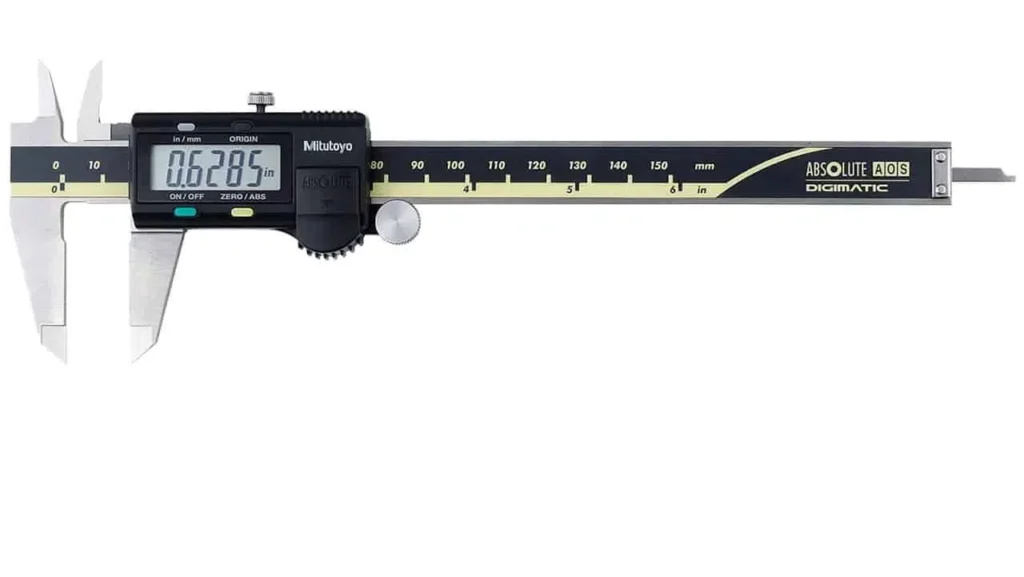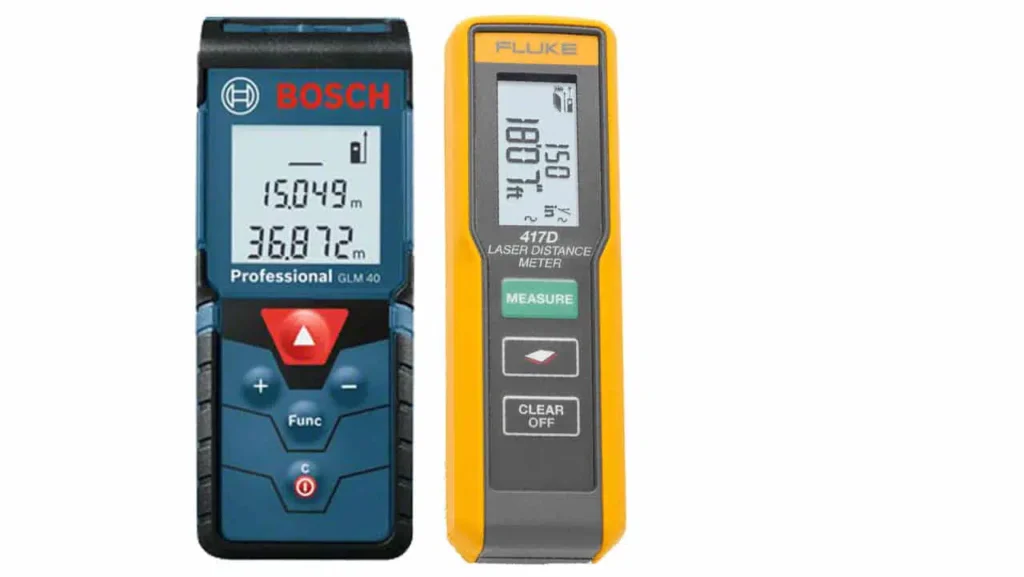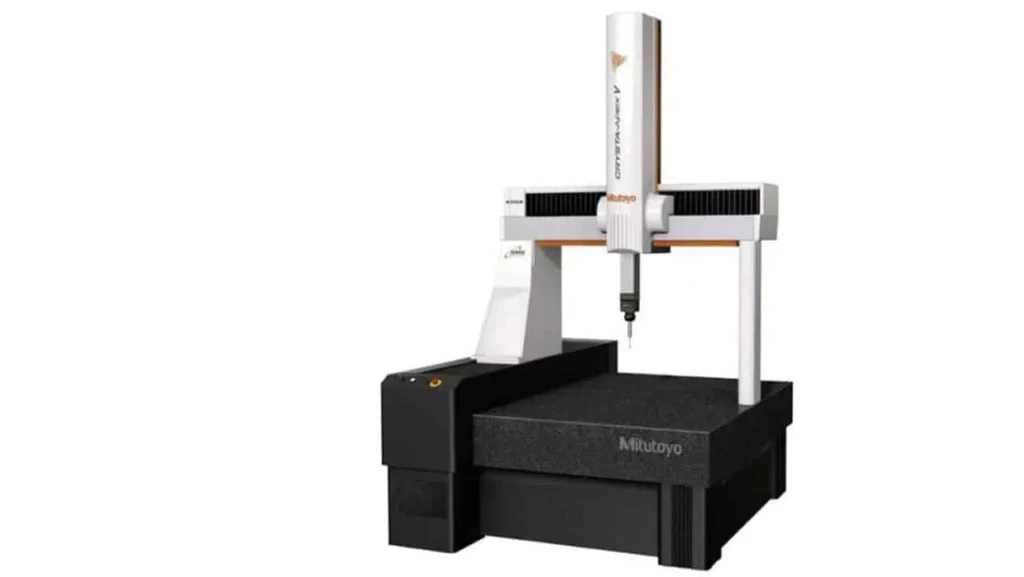CALIPER


MICROMETER
DIAL INDICATOR


GAUGE BLOCK
RING GAUGE


PIN GAUGE
TAPE MEASURE


STEEL RULER
LASER DISTANCE METER
Laser distance meter measures distances between two points with speed and precision. The start point of the measurement is the set measurement edge of the laser distance meter and the second point is the end point of the beam. The maximum range varies depending on the device and can extend to over 100 m. Digital distance measurement offers many advantages over conventional measuring using a folding rule or measuring tape. Distances can be measured precisely and conveniently in just a few seconds. In addition, depending on the model, the devices can calculate areas and volumes of space at the touch of a button, function using a touchscreen, and have integrated Bluetooth and camera functionalities and an integrated tilt sensor.


VIDEO MEASURING MACHINE – 2D VMM
The 2-dimensional Video Measuring Machine is a 2D profile measuring device that combines the technology of determining coordinates using an optical ruler, a high-resolution camera, and image recognition software to measure all kinds of dimensions.
The product is placed on the sample stage and moved with lead screws. The optical ruler attached to the sample stage will provide coordinate parameters for moving on the axes, the software will combine the coordinates and images to provide the dimensions to be measured.
2D VMM is suitable for 2D projection and cross-section measurements of products. Can continuously measure many types of dimensions and display them visually on the screen, then export the results into Excel, Word, PDF, or .dxf files. This is an advantage that traditional measuring tools such as calipers, micrometers, sample guides, etc. cannot provide.
COORDINATE MEASURING MACHINE – 3D CMM
The 3-dimensional Coordinates Measuring Machine is a measuring device that operates on the principle of using a probe that touches the product surface. Combine with measurement software to check dimensions.
Measurement results on the 3D CMM machine have very high accuracy (about 2 ~ 3 microns). Depending on the machine model, the probe position can be controlled manually by the operator or can be controlled by a computer and CNC systems.
Users can set up automated testing procedures on computer-controlled CMMs in situations where mass production sample inspection is required.


CONTOUR/PROFILE MEASURING MACHINE
In recent years, profilometer models have been developed that use a laser instead of a stylus to measure complex shapes by tracing the profile in a non-contact manner. Some models are even able to perform measurements of both the top and bottom surfaces.
These instruments are mostly used in the creation of prototypes to check whether the specifications match the design drawings. They are also applied in reverse engineering.
ROUGHNESS TESTER

MECAL JSC. is proud to assure you of the services with our facilities and highly experienced personnel who are qualified and have done more than 1000 calibration projects. Our on-site services can also help avoid the risks when moving measurement instruments out of factories.
For more information or other calibration services, please contact us via Hotline or fill in the information in the table below.
SEND US MESSAGE
CONTACT INFO
We are always proud to be a professional consulting unit in the fields of environment related issues and are very pleased to receive your request. We will check and respond to contacts with correct and clear information as soon as possible.



